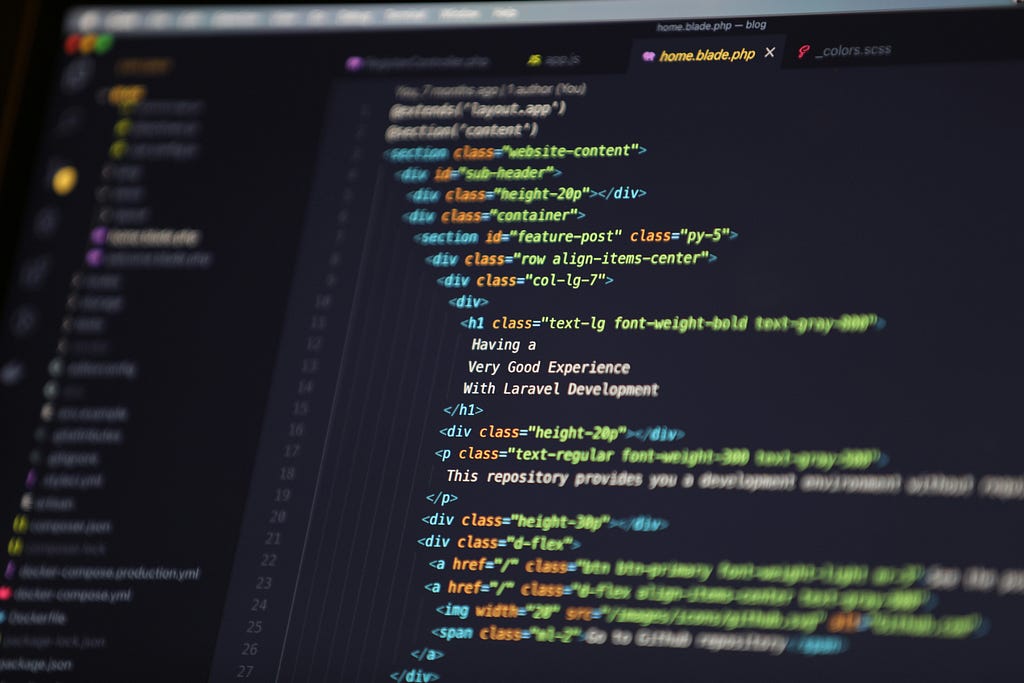Breaking Down the Future: A Deep Dive into “Agentic AI Frameworks: Architectures, Protocols, and Design Challenges”

The paper Agentic AI Frameworks: Architectures, Protocols, and Design Challenges by Hana Derouiche, Zaki Brahmi, and Haithem Mazeni doesn’t just catalog existing systems; it reveals why most AI agents still feel clunky and outlines the path toward truly autonomous AI systems.
The Evolution: From Simple Chatbots to Autonomous Agents
Traditional AI agents were like sophisticated calculators: they could process inputs and generate outputs, but they couldn’t truly think, adapt, or collaborate. The breakthrough came when Large Language Models transformed these systems into something fundamentally different.
Modern agentic AI systems represent a quantum leap in capability:
- Dynamic Tool Orchestration: Instead of being limited to predefined functions, these agents can discover, chain, and use tools contextually
- Multi-Agent Coordination: Systems now feature specialized agents that collaborate in real-time, each bringing unique expertise to complex problems
- Contextual Memory: Unlike traditional systems with hardcoded states, modern agents maintain dynamic context across interactions and sessions
The research reveals that we’re witnessing the emergence of AI that doesn’t just respond to commands but actively reasons, plans, and executes multi-step objectives.
The Framework Landscape: Eight Architectures Shaping the Future
The paper systematically analyzes the major frameworks driving this transformation, each with distinct philosophies and strengths:
CrewAI: Role-Based Team Dynamics
CrewAI mimics human team structures, where each agent takes on specialized roles like “Research Assistant” or “Project Manager”. The framework excels at delegation and coordination, making it ideal for business automation and collaborative workflows.
LangGraph: State-Machine Intelligence
LangGraph introduces graph-based orchestration, treating agent interactions as nodes in a state machine. This approach provides exceptional transparency and fault tolerance, particularly valuable for research and analytics applications.
AutoGen: Conversational Collaboration
Microsoft’s AutoGen enables rich multi-agent conversations with shared tools and modular backends. It’s particularly strong in coding and automation scenarios where agents need to iterate and build upon each other’s work.
Semantic Kernel: Enterprise-Grade Orchestration
This framework provides fine-grained control over planning, memory, and skill execution, making it suitable for enterprise environments requiring structured reasoning and external system integration.
The remaining frameworks each fill specific niches:
- MetaGPT simulates software engineering teams for product lifecycle management
- SmolAgents and PydanticAI offer lightweight, modular solutions for developers prioritizing simplicity
- Google ADK targets distributed, scalable agent ecosystems
- LlamaIndex specializes in data-centric applications requiring sophisticated query capabilities
Communication Protocols: The Hidden Infrastructure
One of the paper’s most valuable contributions is its analysis of how agents actually talk to each other. The research identifies five critical communication protocols that determine whether agent systems can truly collaborate or remain isolated:
Model Context Protocol (MCP)
Originally designed for structured tool calls via JSON-RPC, MCP provides the foundation for hierarchical agent interactions. It’s particularly useful when strict command-and-control relationships are needed.
Agent2Agent Protocol (A2A)
Google’s A2A introduces sophisticated features like Agent Cards (standardized capability descriptions), memory management, and goal coordination. This protocol enables true peer-to-peer agent collaboration.
Agent Network Protocol (ANP)
ANP incorporates decentralized identifiers and semantic interoperability, supporting both formal protocols and natural language negotiation. It’s designed for open, market-like agent ecosystems.
Agent Communication Protocol (ACP)
Originally developed at IBM, ACP enables RESTful communication with transport-agnostic design, making it suitable for cross-organizational and Web3 environments.
Agora: The Meta-Coordinator
Agora serves as a coordination layer that integrates multiple protocols through Protocol Documents — machine-readable specifications that guide protocol selection and construction.
The Memory Revolution: From Stateless to Contextual
Memory implementation varies dramatically across frameworks, revealing different philosophies about how AI should learn and adapt:
Short-term memory maintains immediate conversational context, supported by most frameworks through session management. Long-term memory captures persistent information across interactions, enabling personalization and knowledge transfer.
The most sophisticated systems implement specialized memory types:
- Semantic memory stores reasoning patterns and decision histories
- Procedural memory recalls successful task flows and strategies
- Episodic memory maintains detailed interaction histories for personalized responses
CrewAI leads in comprehensive memory support, implementing all memory types for role-based coordination. Semantic Kernel provides enterprise-grade memory integration with planners and skills, while LlamaIndex specializes in embedding-based context retrieval from large-scale data.
Critical Limitations: Why Current Systems Still Fall Short
Despite impressive capabilities, the research identifies fundamental challenges that prevent widespread adoption:
Architectural Rigidity
Most frameworks enforce static agent roles that cannot adapt during execution. Once a MetaGPT agent is assigned as a “coder,” it cannot dynamically shift to planning or quality assurance roles.
No Runtime Discovery
Agents cannot dynamically discover new collaborators or capabilities during execution. All interactions must be predefined, severely limiting scalability and emergent behavior.
Code Safety Risks
Frameworks like MetaGPT and AutoGen execute generated code directly, creating severe security vulnerabilities. Generated Python can include file system access, shell commands, or malicious imports.
Interoperability Gaps
The most significant barrier is framework incompatibility. A CrewAI task cannot be interpreted by an AutoGen agent, and SmolAgent planners cannot invoke LangGraph workflows without extensive translation.
Solutions on the Horizon: Service-Oriented AI
The paper proposes adopting service-oriented architecture principles to solve interoperability challenges. By wrapping AI agents as services with RESTful APIs, frameworks could enable cross-platform collaboration.
Emerging solutions include:
- Agent registries where capabilities can be published and discovered dynamically
- Sandbox environments using Docker containers for secure code execution
- Protocol-level messaging inspired by FIPA-ACL standards for complex agent interactions
- W3C standard adoption including WSDL for agent function contracts and BPEL for workflow orchestration
Real-World Applications: Where Theory Meets Practice
The frameworks are already demonstrating value across industries:
Finance: Multi-agent systems handle risk management, anomaly detection, and strategy development through collaborative analysis of historical data.
Transportation: LangGraph enables modular traffic management systems with specialized agents for different aspects of traffic flow.
Tourism: CrewAI powers automated travel planning where agents collaboratively analyze destinations and create personalized itineraries.
However, adoption faces barriers including lack of architectural transparency, inadequate coordination protocols, and limited scalability.
The Path Forward: Five Critical Research Directions
The paper concludes by identifying essential areas for future development:
- Standardized Benchmarks: Objective comparison metrics for evaluating framework performance and capabilities
- Universal Communication Protocols: Robust, standardized agent-to-agent communication that enables true interoperability
- Multi-Agent System Integration: Incorporating negotiation, coordination, and self-organization paradigms from traditional MAS research
- Service Computing Integration: Full alignment with service-oriented computing principles for enterprise adoption
- Safety and Governance: Comprehensive guardrails and safety mechanisms for autonomous agent deployment
Why This Research Matters Now
As AI agents transition from research curiosity to business necessity, understanding their architectural foundations becomes critical. The paper provides a roadmap for navigating the current fragmented landscape while identifying the key challenges that must be solved for truly autonomous AI systems.
The research suggests we’re at an inflection point: the building blocks exist, but integration, standardization, and safety mechanisms remain immature. Organizations investing in agentic AI today should focus on frameworks with strong memory systems, flexible architectures, and emerging protocol support.
The future belongs to AI systems that can discover, collaborate, and adapt autonomously. This comprehensive analysis shows both how far we’ve come and how much work remains to make that future reality
Breaking Down the Future: A Deep Dive into “Agentic AI Frameworks: Architectures, Protocols, and… was originally published in Data Science in Your Pocket on Medium, where people are continuing the conversation by highlighting and responding to this story.







